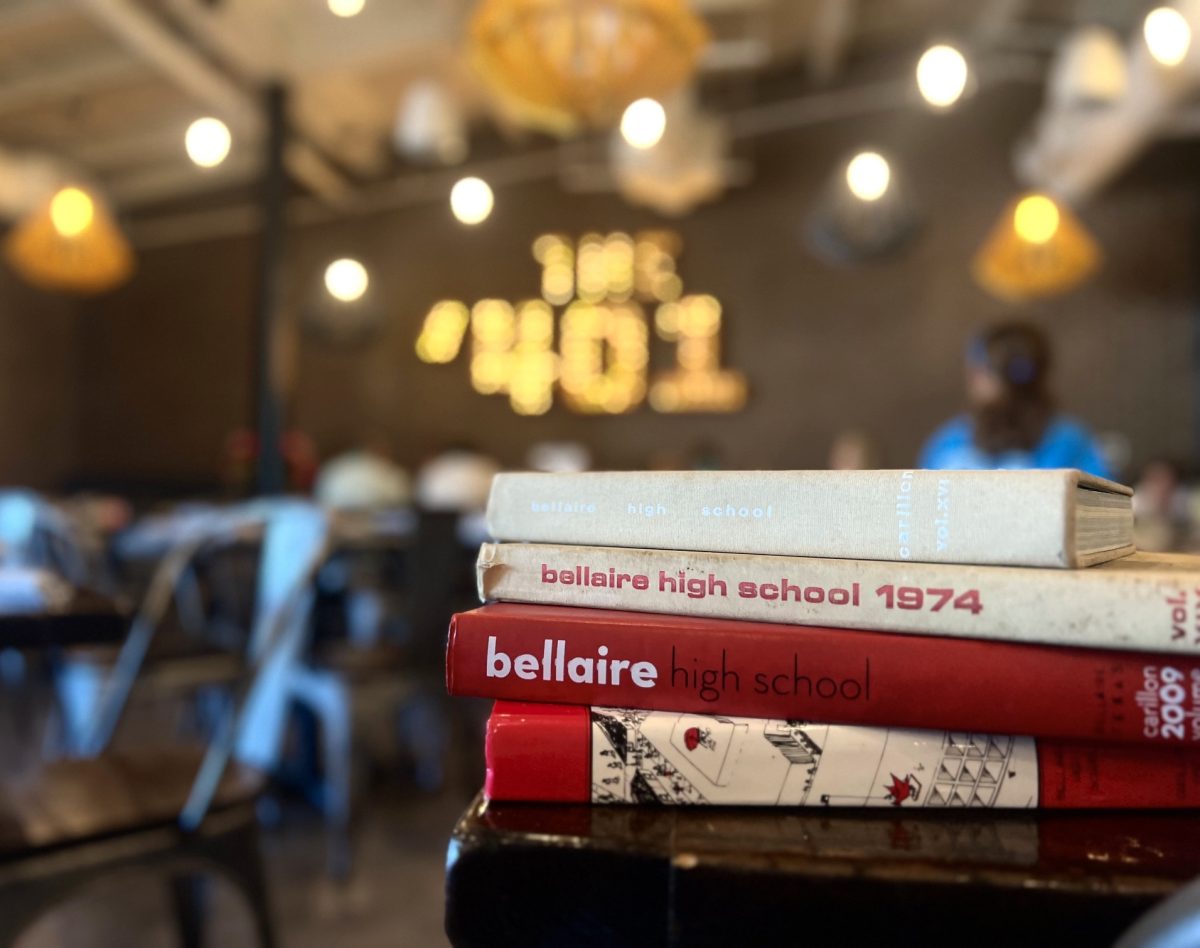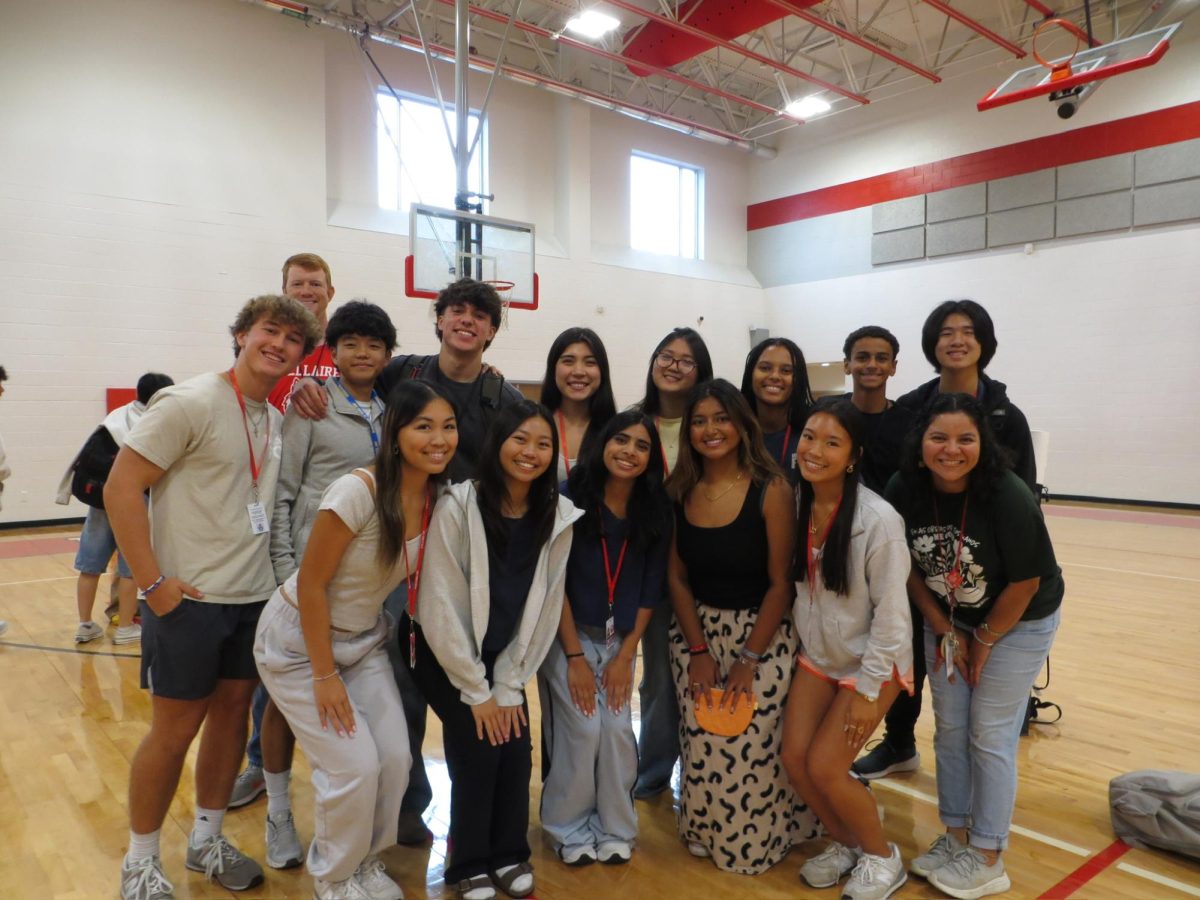As 26 students collect a water sample, their classmates quickly and carefully get to work measuring and recording its pH and dissolved oxygen levels on their lab sheets. But they weren’t doing this in the classroom— they were 3,000 miles away, conducting the experiment ankle-deep in the streams of Yellowstone National Park.
AP and IB students in environmental science and geography classes journeyed to the national park and surrounding area from Sept. 30 – Oct. 6 to learn about the formation of mountain ranges, the importance of environmental conservation and volcanic and geothermal features.
“You gain more appreciation for things when you see them in real life,” junior Lucie Loretz said. “They almost become more real.”
Loretz said that she enjoyed seeing firsthand how the Yellowstone ecosystem has recovered from the 1980’s wildfire that destroyed much of the park’s forests and vegetation.
AP Human Geography teacher and trip coordinator Ann Linsley said she intended for students to get the opportunity to use the environment as their laboratory, allowing them to better see how the things they’re learning about translate into the real world.
“It’s always better to be able to sit there in the active thermal field to better understand the attributes of volcanic activity,” she said. “See that power that the Earth has.”

In addition to giving students the experience of witnessing the Yellowstone environment in person, Linsley also said she started doing these trips to inspire students to become better stewards of the planet.
“I’ve always been a very strong conservationist,” Linsley said. “What it does is it exposes more people, more students to being able to experience things.”
Some of these students have had the trajectory of their careers shifted and lives changed thanks to the opportunity to go on the Yellowstone excursion. One of them is the wife of math teacher William Reynolds, who took the trip as a student at Bellaire and went on to work at Project WILD, a nonprofit organization dedicated to conservation and environmental education.
“That was her first experience, to go out there with me, and now she does it as a career,” Linsley said.
The experiences students gained out of the trip weren’t just limited to learning in a new environment. It also provided them with memories to look back on in the future. Isabelle Daher, a senior and AP Human Geography student, said she valued being able to see Mesa Falls, a scenic landmark on the way to Yellowstone that students stopped at.
“It was just so pretty,” Daher said. “I just wanted to be there forever. I had my phone out and I was taking pictures and it looked right out of a painting.”
For Linsley, each time she leads the trip is a new experience and a new memory.
“Various encounters with animals have always been entertaining between the bears and the bison,” Linsley said. “This big black wolf is running across the valley, and then runs straight in front of us,” Linsley recounts from previous years. “[There were] bison that chased me into the water.”
In addition to animal sightings, geological changes in Yellowstone’s environment and new groups of students each year makes each individual trip different from the last.
“So much depends on the positive things that happen,” Linsley said. “Every year is different. I mean, literally, every year is different. The groups of students really shape a lot of it.”











haset • Nov 2, 2023 at 7:31 pm
wow, sounds like a lot of fun!